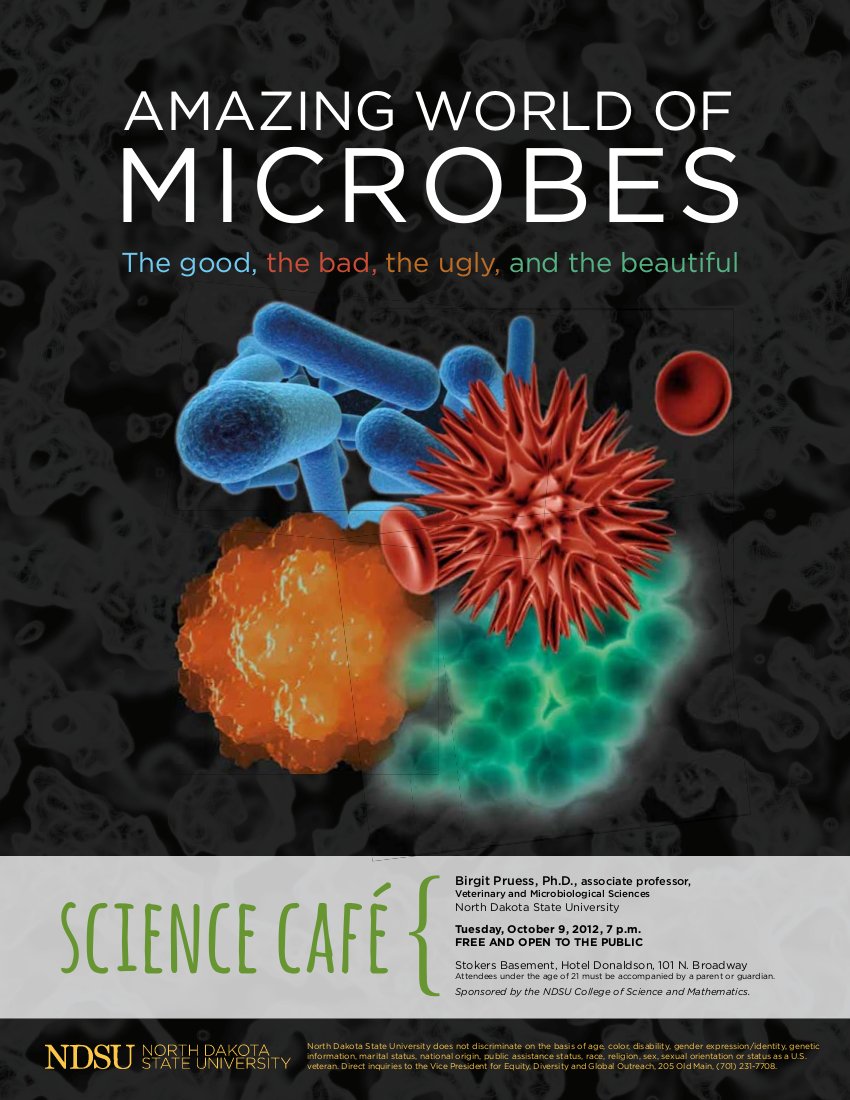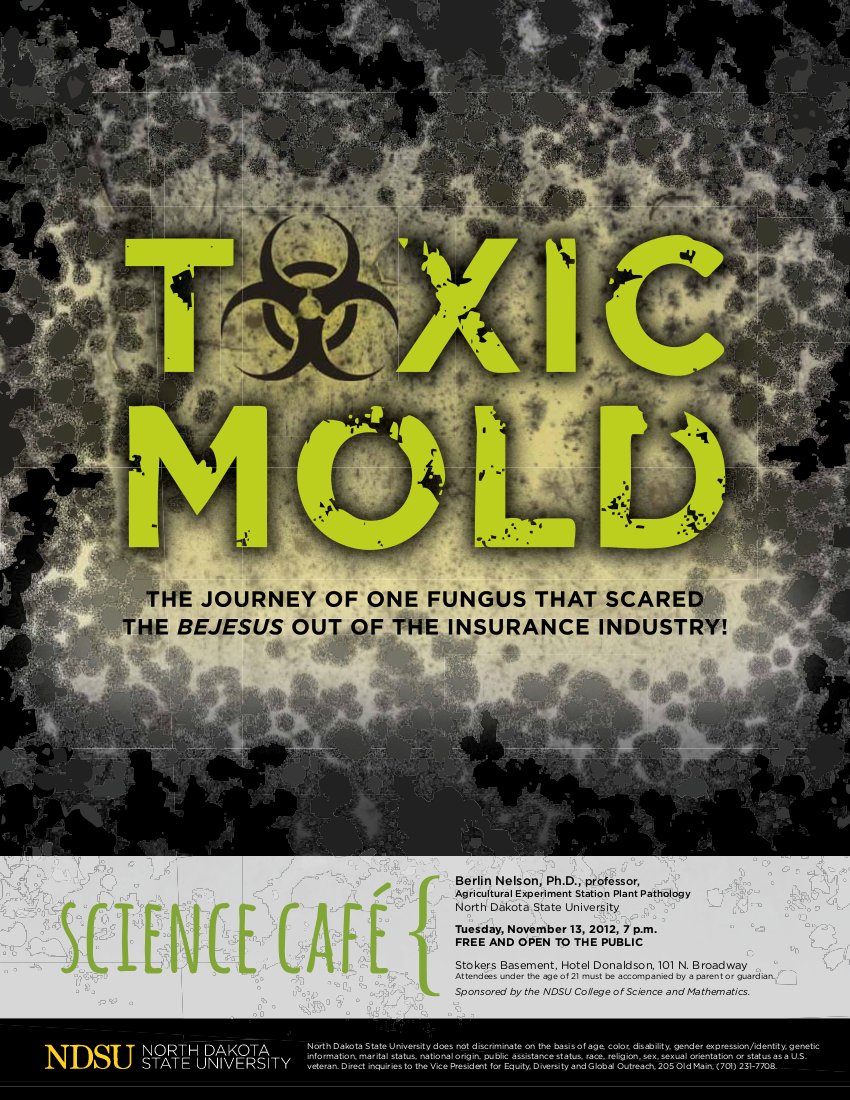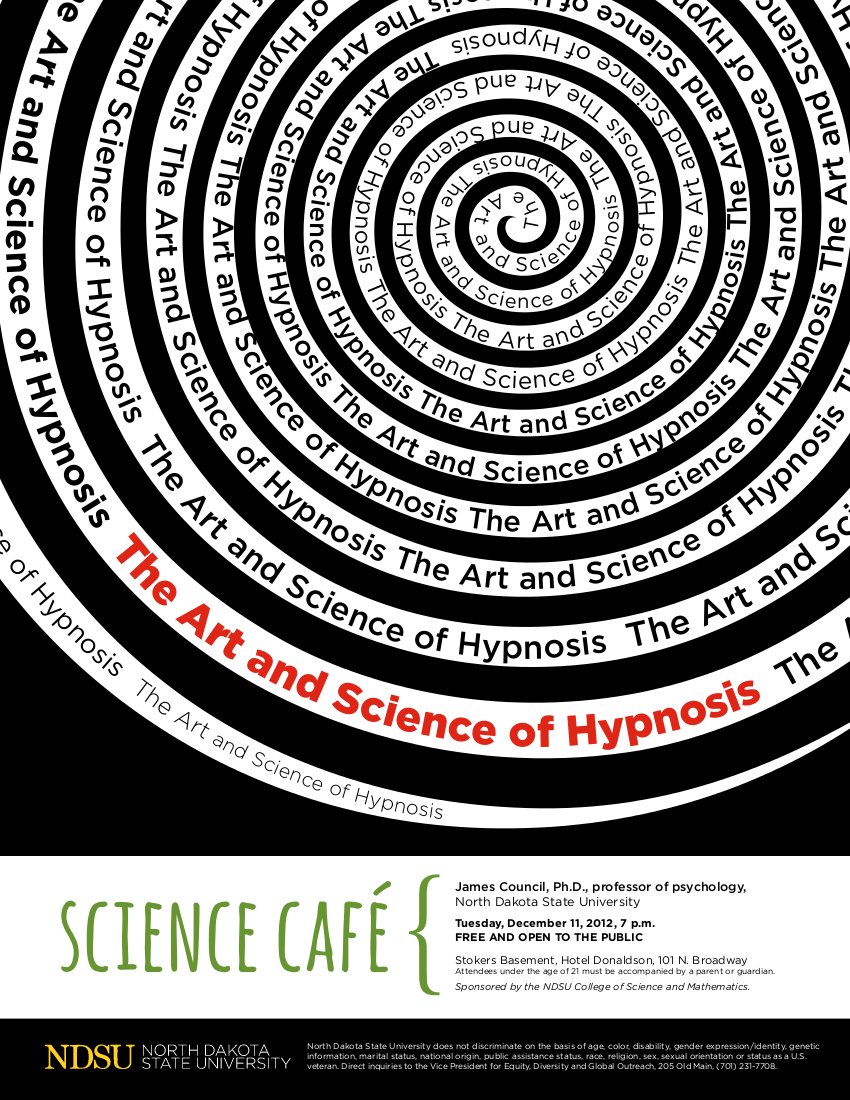
Why stuff sticks: geckos, bugs, nanotechnology and the quest for really good duct tape
Andrew Croll
Department of Physics, North Dakota State University
Why do things stick? This seemingly simple and fundamental question also has significant practical importance -- not only is there a considerable adhesives industry but adhesion forms one of the biggest limitations on the design of nanotechnology. Clearly industry has an idea of what works; tapes and glues have existed for centuries and now have been formulated to stick to almost any combination of materials imaginable. However, it only takes a quick trip to the `bug and lizard` room at the Red River Zoo to see that our current top of the line products are easily surpassed by animals. Geckos, for example, can run (not walk or creep) up smooth glass walls effortlessly. Try doing that with duct tape! After a few `steps` the tape will quickly become dirty and will no longer stick. Here we will discuss some of the background behind modern adhesives, and then explore what is different about how biology does it. We will range from fundamental physics, to engineering, nanotechnology and biology and end with a look at the future for modern gecko -- inspired adhesives.

Amazing world of microbes: the good, the bad, the ugly, and the beautiful
Birgit Pruess
Department of Veterinary and Microbiological Sciences,
North Dakota State University
The microbial world is large, diverse, and fascinating. We are all painfully aware that microbes can make us sick at times. Do we also know that there are 10 times as many bacterial cells in and on our bodies than there are human cells? Who recognizes that half of the oxygen we breathe has been produced by all those microbes that inhabit our oceans? How did the alcohol get into that glass of wine? If these questions intrigue you, Science Café may help. We will cover some of the good, bad, and downright ugly characteristics of microbes and answer other questions that you may have. The science will be complement by a small show featuring some of the beautiful images we are producing in our research lab.

Toxic Mold - the journey of one fungus that scared the bejesus out of the insurance industry!
Berlin Nelson
Department of Plant Pathology, North Dakota State University
Stachybotrys chartarum, the black or toxic mold, has had a long journey in human affairs from wallpaper in a home in Prague, to the battlefields of Russia in World War II, to homes with the sick building syndrome, to sick children in Cleveland, OH, and right into the corporate board rooms of the insurance industry. What is this fungus, what does it look like, how did it get to all those places, and why is it important? That will all be discussed. Question is - do you have some in your home?

The Art and Science of Hypnosis
James Council
Department of Psychology, North Dakota State University
Hypnosis has been around for hundreds of years, and has been widely depicted in art, music and literature. This has led to a lot of misconceptions and a rather sinister image in some people's eyes. On the other hand, hypnosis has a respectable place in psychology and medicine, and has had a long history as an effective therapy for a variety of physical and psychological disorders. Not only that, hypnosis has received serious study in its own right for many years, and has accumulated a large body of scientific research findings. This Science Café presentation will discuss the origins and historical development of hypnosis, its depictions in art and literature, and the current scientific understanding of hypnosis as a therapy technique and psychological phenomenon.